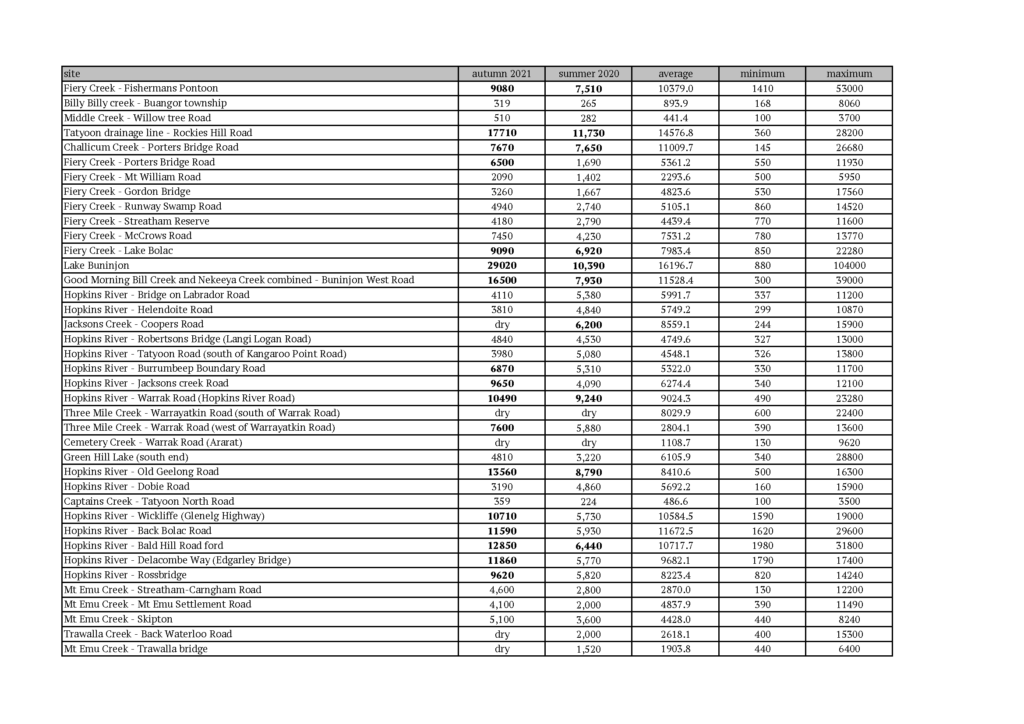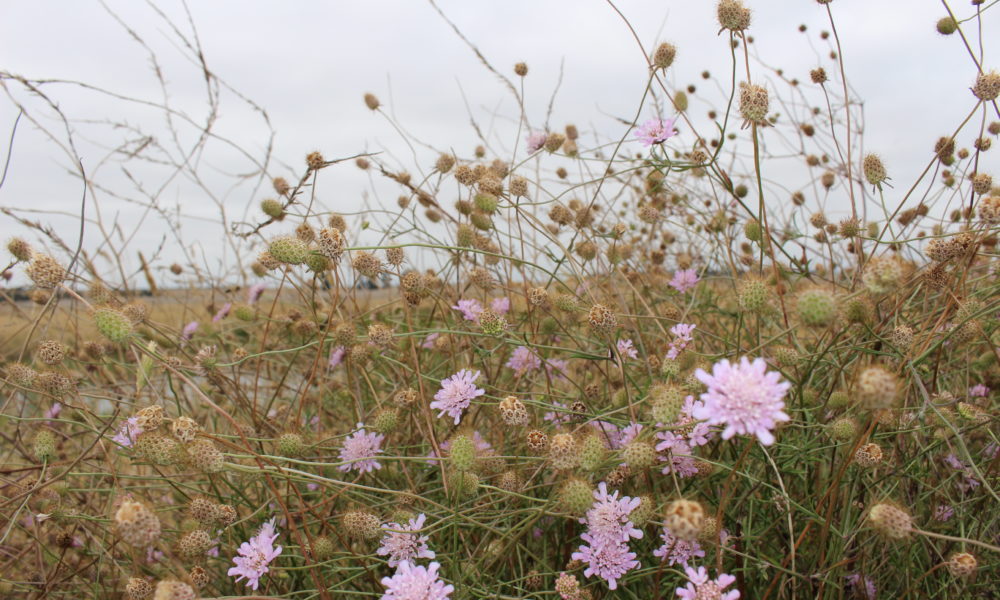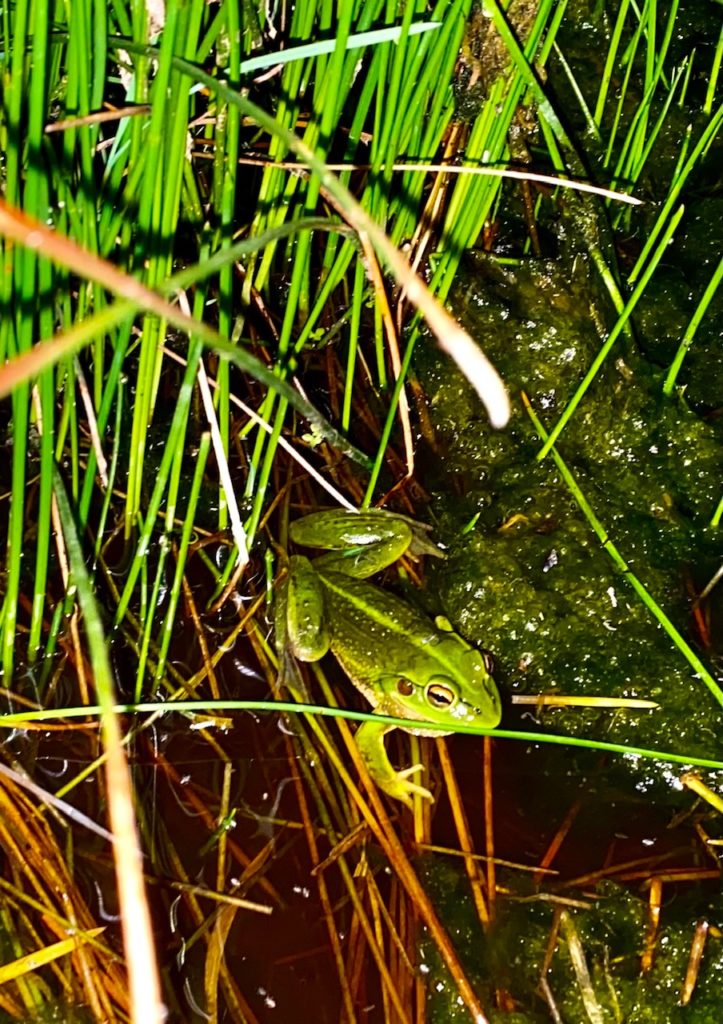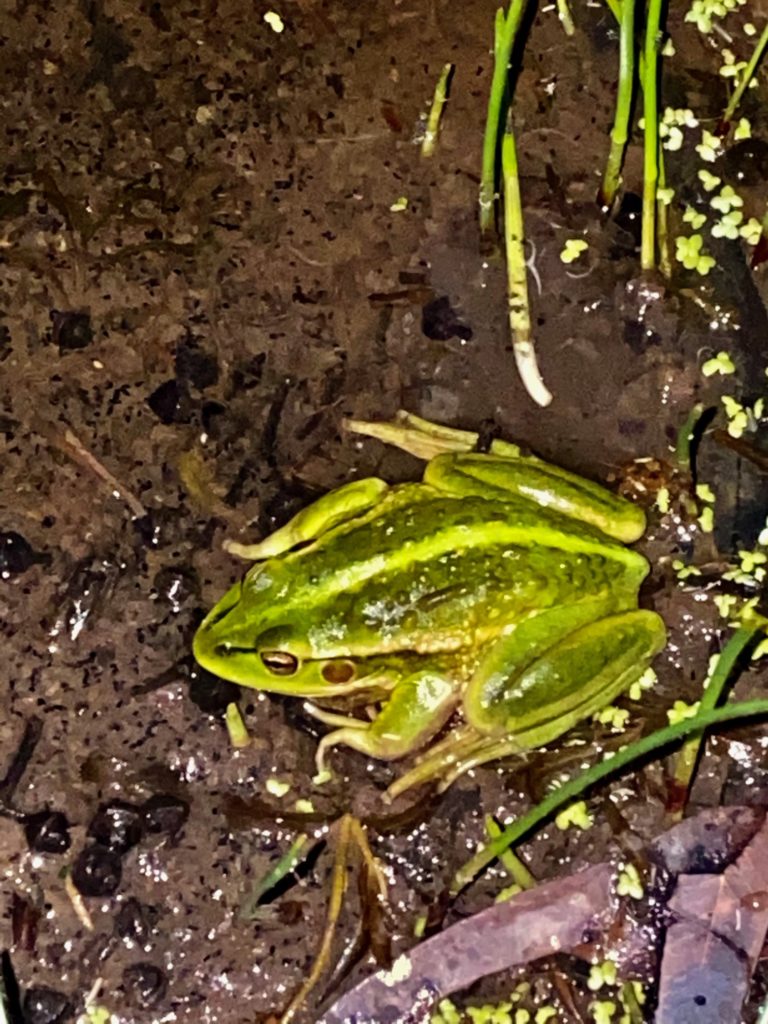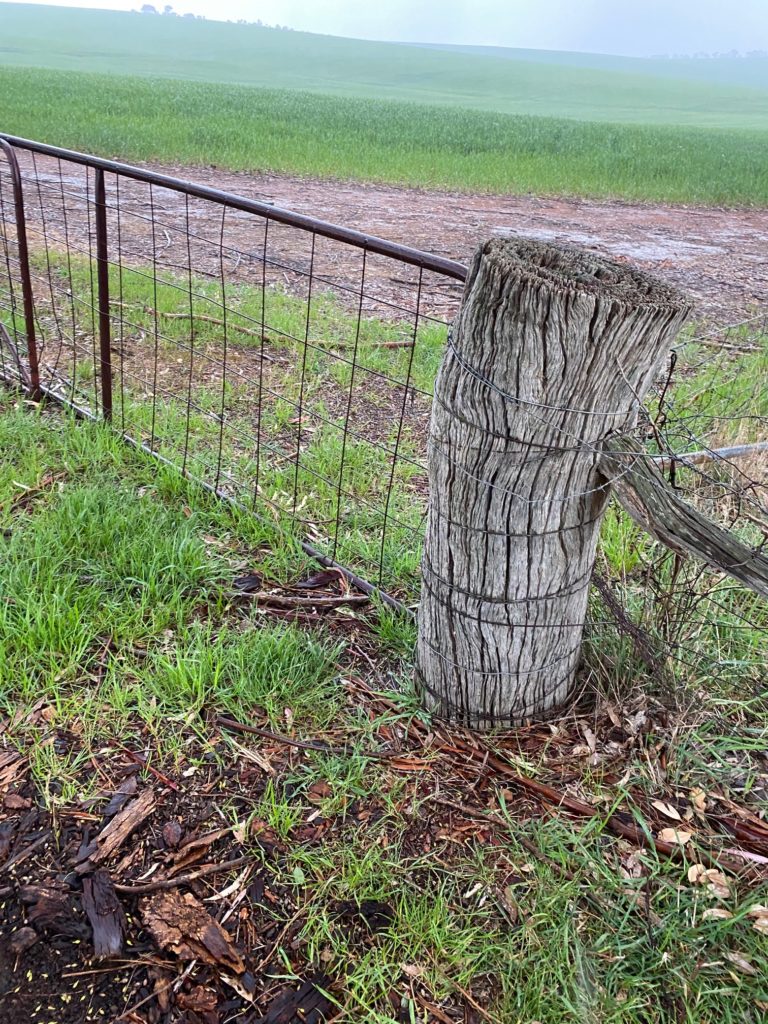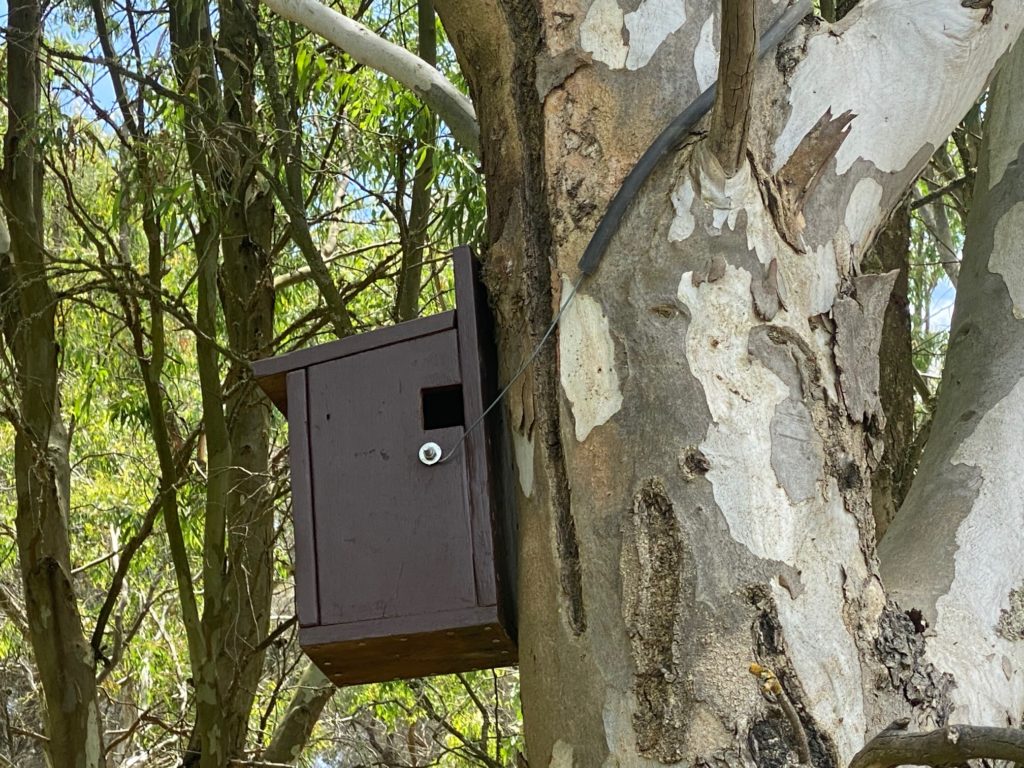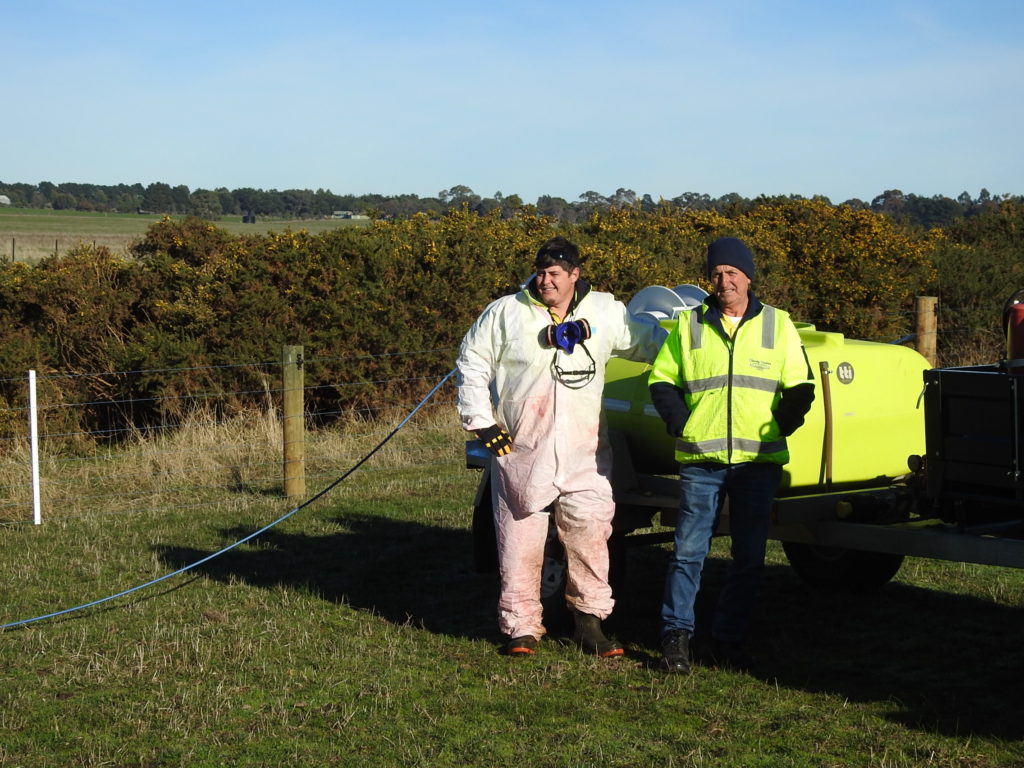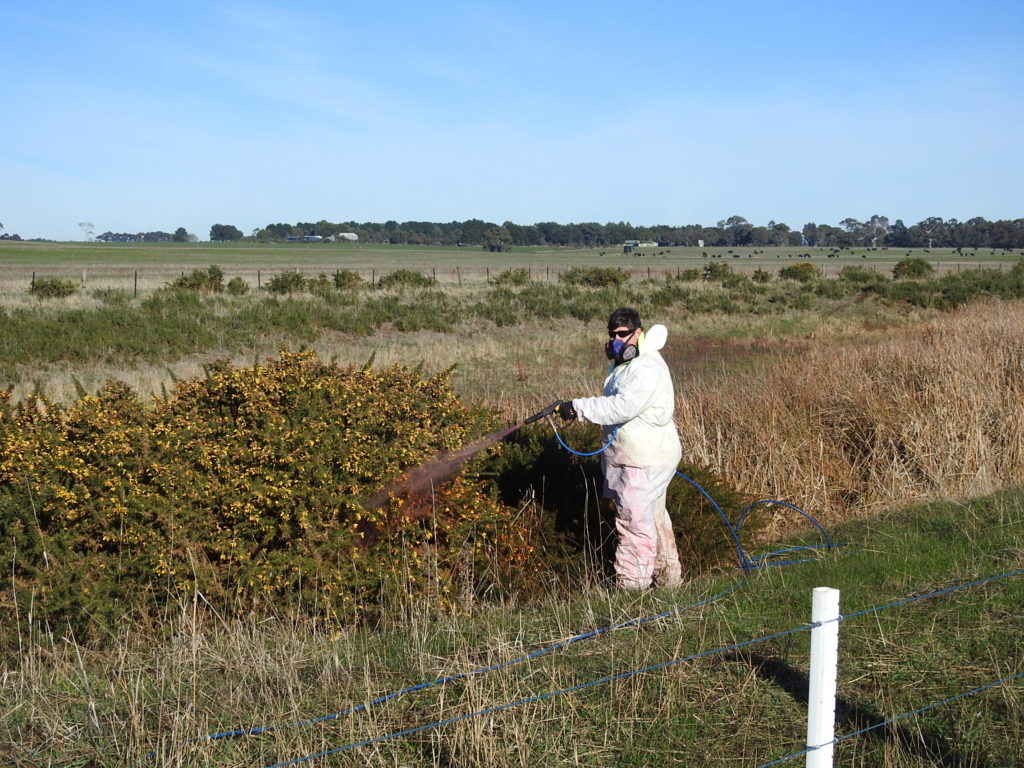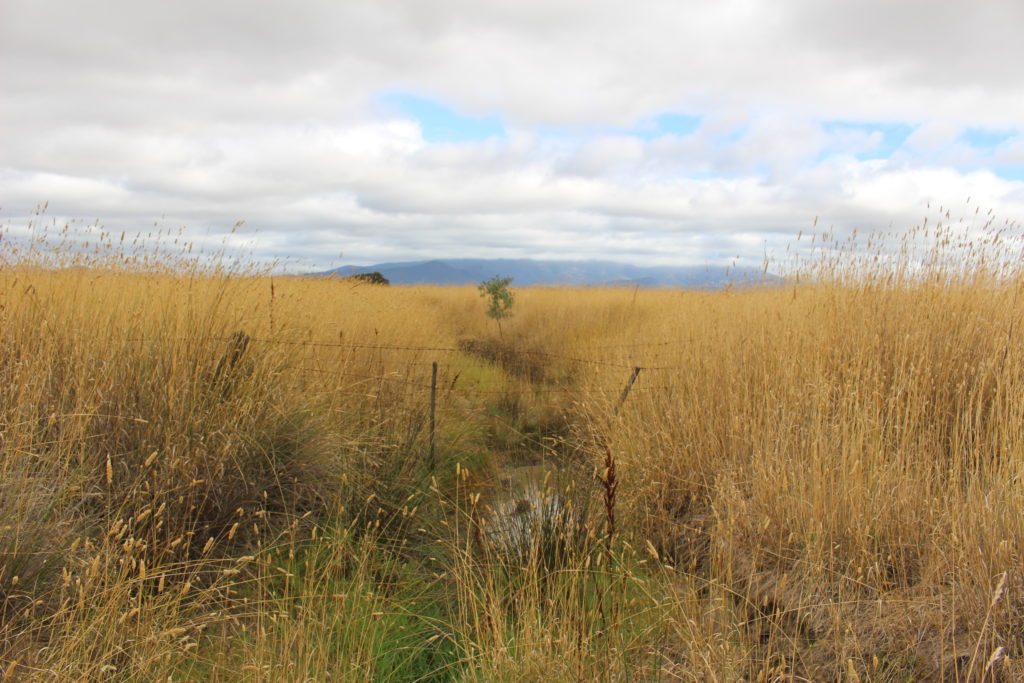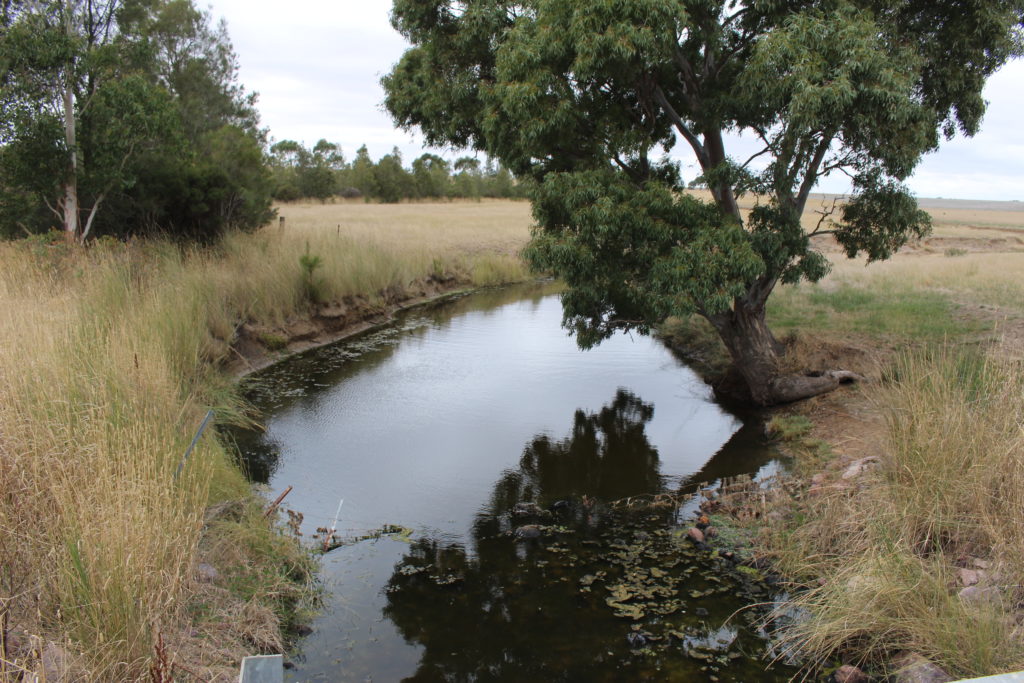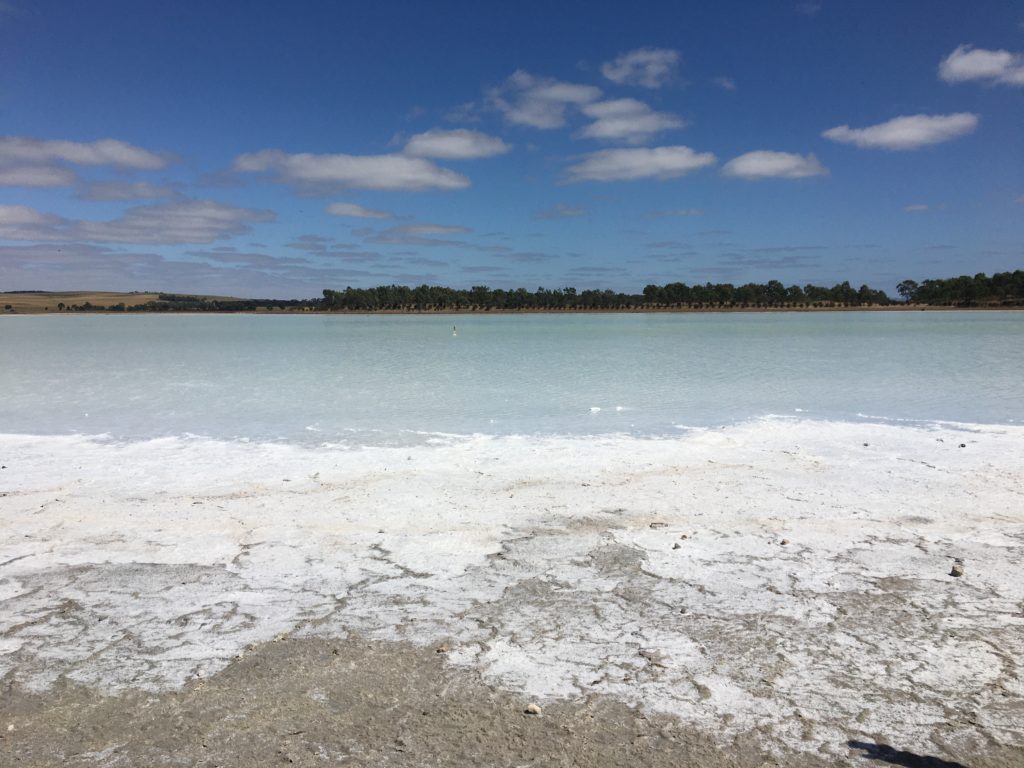Landcare news and opportunities
Opportunities and awards
- The General Jeffery Soil Health Award is open to any individual farmer, land manager, extension specialist or educator who is making an outstanding contribution to improving soil health in Australia. The winner will receive $20,000 prize money. All nominees will need to describe how the cash prize will be used to undertake additional activities to improve their knowledge, further promote soil health and/or share learnings with others to have even greater impact. Apply before 31 March: http://generaljefferyaward.com.au/.
- Do you have a small farm and keep livestock ? What do you think about farmer groups and networks? Researchers from Charles Sturt University, the Graham Centre for Agricultural Innovation and Animal Health Australia are undertaking a study that aims to gain a better understanding of current smallholder farming networks in Australia. Smallholder farms may be productive and commercial on a small-scale and/or may be farms with livestock kept as a hobby to enjoy the farm lifestyle. Have your say in an online survey: https://www.surveymonkey.com/r/Smallhds.
- New legislation will allow camping on Crown land along Victorian Rivers and waterways. You can provide feedback on the proposed regulations by completing a survey, providing a general comment, or uploading a written submission before 19 April: https://engage.vic.gov.au/regulated-watercourse-land-regulations.
Information and Resources
- It’s a great time to be thinking about new vegetation corridors and biolinks. Take a few minutes to read this blog from Recreating the Country that gives a great overview of why we need vegetation across the landscape to support biodiversity.
- The robots are coming! A start-up company believes its agriculture robots could make farming easier and more efficient.
- Stavely Ground Release: Minerals explorations licences for the final two blocks made available through the Stavely Ground Release are expected to be issued in coming months. This includes Block 3 in the Upper Hopkins area. You can find out more information here: https://earthresources.vic.gov.au/projects/stavely.
- Protecting Our Iconic Platypus: The Victorian Government is taking urgent action to protect the platypus with the global icon now officially a threatened species and listed as vulnerable in Victoria. An initial cash injection of $250,000 will go immediately towards restoration works at key habitat sites while a further $50,000 will be used to develop a long-term action plan to ensure the future of the unique mammal.
- Independent review of the Environment Protection and Biodiversity Conservation Act 1999: On 30 October 2020, the Independent Reviewer of the EPBC Act, Professor Graeme Samuel AC, provided the Minister for the Environment with his Final Report. The Report was tabled in Parliament on 28 January 2021, and is now available at http://www.epbcactreview.environment.gov.au.
Webinars and podcasts
- If you’re interested in environmental weed management, check out this series of webinars. The webinars focus on managing weeds in fire impacted areas, but the content is also relevant to areas not impacted by fire. Go to the SWIFFT website to learn more:
- Webinar 1 – Overview weed management after fire
- Webinar 2 – Prioritisation of weeds after fire
- Webinar 3 – Collaborative projects in weed management after fire
- Webinar 4 – Weed identification and recording after fire
- Managing stock around waterways is the number one priority for anyone wanting to protect water quality and restore their creeks, streams and rivers. This webinar from Rivers of Carbon discusses many of the practical considerations of managing stock around waterways, including everything from fencing, installation of alternative stock water, stock crossings, revegetation and control of pest plants.
- Learn about bandicoots from Zoos Victoria! This is a great overview of bandicoot biology and ecology, and how the Zoo is using Maremma sheepdogs to protect released bandicoots.
- Managing seasonal variability in the Victorian sheep industry: In this webinar recording, Dr Jason Trompf (Lambs Alive) discusses the impacts of climate variability on farming businesses and highlights opportunities to improve business resilience in a variable environment.
- Coming up soon: Mass fish kills, a crisis of modern water. The Arthur Rylah Institute will be hosting Prof Lesley Head, speaking about the complexities of water management in the Murray Darling Basin and what it means for both community and the environment.
- If you’re interested in podcasts a bit closer to home, take a look at the Pondcast from the Glenelg Hopkins Catchment Management Authority. It’s a great opportunity to meet the people working at the GHCMA!

From the president’s desk

Welcome to the Autumn 2021 edition of our newsletter,
I would like to start with a big thank you to our facilitator Ayesha for compiling it once again!
2020 will be etched into everyone’s memory for all the wrong reasons, but in terms of both agriculture and environment it will go down as one of the best seasons in recent history!
We are getting reports back of some fantastic results from last years reveg projects, both in survival and vigour which is extremely pleasing! Driving around the district it is great to see long established trees, and even old remnants looking the best they have for years.
With such an extended Spring, following a healthy seeding year last year there are self-sown Eucalypts coming up all over the place. This is a prime opportunity to assist nature, and consider excluding livestock from some of these seedlings. Individual guards made out of netting or mesh, or excluding whole areas with temporary fencing are both viable and successful options. These will be the cheapest trees you ever grow, and guaranteed will be healthier and more vigorous than transplanting tubestock. In our experience after 3-4 years guards or temporary fencing generally can be removed, in the case of Red Gums, and if the seasons are kind 2 years can be enough.
Most of our members are involved in Ag or are land managers of some sort, so it can’t all be good news! The incredible growing season we have experienced has had a flow-on effect for pest plants and animals throughout the region. Like the native birds many of us observe, which have been able to have 2 or 3 clutches where they generally only have 1, rabbits and foxes have been able to proliferate equally. As land managers it is our duty to take ownership and address these issues. Although we currently don’t have funding available specifically for rabbit work, we encourage members to give us details of their rabbit problems so we are set to go if/when funding does become available.
Similarly, the conditions which have been so good for germinating Eucalypts, have created an explosion in the number of Gorse seedlings, which I have noticed are thick on some roadsides. We should potentially be looking at this as a positive, as if we control this Gorse before it sets seed, we should be able to make a significant dent in the seedbank. The group does have some funding available for woody weed control, which can cover 50% of cost of chemical used, or 50% of the cost of a contractor to complete work. Also, a reminder that we have a very modern, very under-utilised tow-behind spot spray unit which is available to use for free to members. PLEASE also report any roadside gorse to Ararat Rural City Council. They are responsible for roadside weed management and work on a system of responding to requests rather than being proactive, so please report… if you don’t ask you don’t get!
As always I will finish by encouraging anyone who is considering any Landcare related project – whether its reveg, erosion or pest plant or animal control, to contact Ayesha and fill in a simple site planner. Funding may not be available at the time but with a plan documented we are in a position to jump if it does pop up.
Remember new members are always welcome so spread the word.
Jack Tucker
President
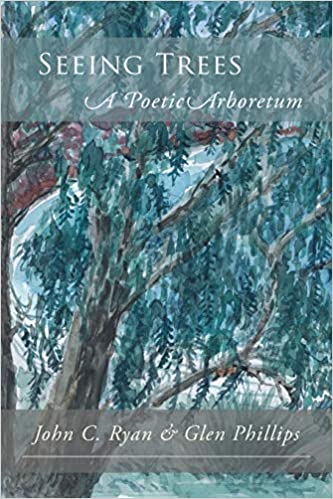
Book review
Margaret Burbidge, Ararat Landcare Group member
A book I highly recommend:
SEEING TREES. A Poetic Arboretum. Published by Pinyon Publishing August 2020.
My Perth daughter in law Cathy, sent this book to me for Christmas. It was a delight to read – and would be a perfect gift for Aussie plant folk and nature lovers. Poetry is not something I might seek out, but sitting down with this book a smile wasn’t far from my face. Whimsical and beautiful, sad and funny observations and canny links are all there .
It is written in both prose and rhyming poetry by two academics, Dr Glen Phillips and Dr John Charles Ryan. Glen Phillips, poet and professor, was born 1936 in Southern Cross, Western Australia. His bio tells us that he has taught all his working life and is internationally published with 25 books, 10 short stories and hundreds of poems. Glen is Director of Edith Cowan University’s International Centre for Landscape and Language in Perth. Dr John Charles Ryan was born in New Jersey in the US and currently living in Western Australia. “His writing draws largely on the relationship of creativity and plant life, a concept called ‘ecopoetics’”.
The only way to be delighted with this book like I was, is to buy beg or borrow a copy, after a sample, reading this piece stolen from each end of Glen Phillips’ words …
Marri Marri…
Oh, marri marri, ever the bridesmaid to enduring jarrah, that rainforest queen……….
There should be songs for both trees – jarrah-me, jarrah-me, marri-me, marri me please. Only in the fruit is there real contrast: the tallest is the tiniest in its eucalypt buds while marri sprouts sprays of great gumnuts, green bobbins as fit feasts for black cockatoos. Red-tails matching pure fire of the redgum’s bleeds.
Demonstrating strategies for barley grass control

Tess McDougall, Agriculture Victoria and Rob Shea, PPS Project Manager
The Perennial Pasture Systems (PPS) group’s barely grass control demonstration project, now in its second spring, is testing some innovative methods of reducing barley grass infestations, including; increasing competition, herbicide use and mechanical removal such as hay and silage making. Barley grass is seen as a formidable and adaptive plant with characteristics that would be sought after, if it wasn’t for the sharp seed head causing injury and vegetable matter downgrades to sheep meat and wool clips.
Making silage from barley grass infested pasture is showing promise in some areas, however given the region’s topography, it’s not a method that could be used at most demonstration sites. The first site at Ben Nevis Farms made silage from a heavily infested barely grass site in spring 2019 at Tulkara (east of Stawell). Feed tests showed that the silage was good quality, measuring 12.9 MJ Metabolizable Energy (ME) and 17.3 % Crude Protein (CP) and classified in the A2 quality range (Figure 1).
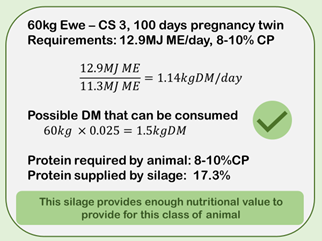
Figure 1: Feed budgets using feed test results from silage made at Tulkara. 
Figure 2: 2020 silage site prior to cutting October.
Given the excellent 2020 season, limited silage has been fed out to stock, however farm owner Hayden, described it as “highly palatable to sheep”.
Seed viability testing of the silage made from barley grass measured zero viable seeds. This means that although the seed head is still present, the seeds won’t germinate and the infestation can’t be spread to another area. We are hoping to replicate these results with 2020 silage production.
The second site at Crowlands, on a new site was heavily infested with barley grass, overlaying a healthy understorey of Uplands Cocksfoot in late vegetative stage (see Figure 2). This silage will be sampled in the coming weeks to check seed viability and feed test for quality.
A clear reduction in barley grass was seen in the 2019 silage (treatment) site compared to the uncut (control) site in both May (Figure 3) and October 2020 (Figure 4).
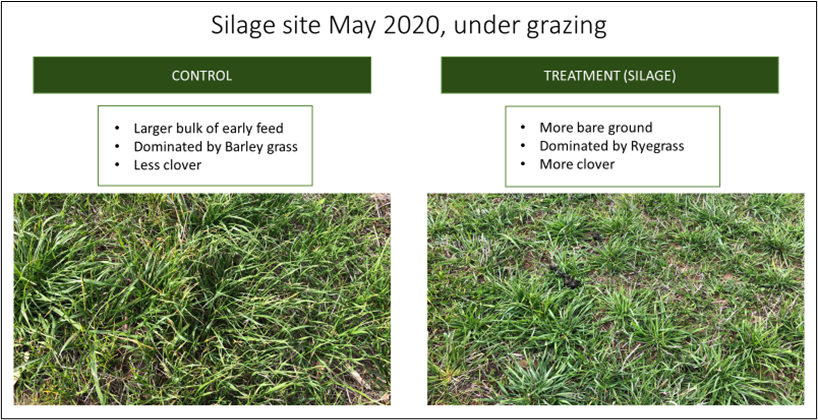
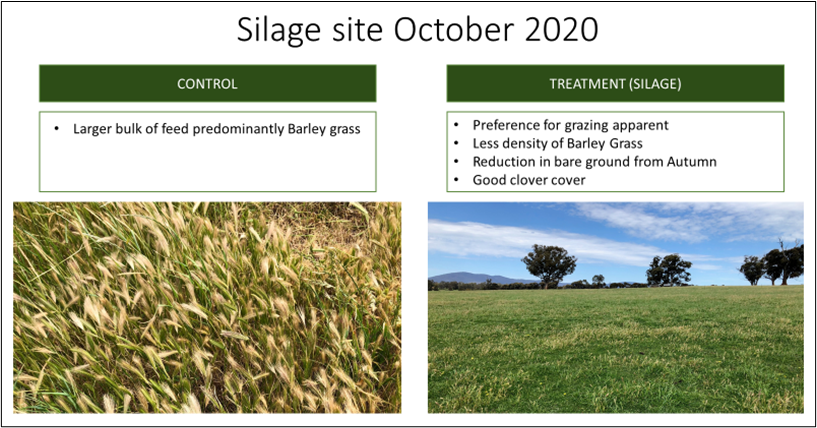
Pasture assessments in October 2020 involved counting barely grass seed heads in the silage (treatment) and uncut (control) sites. The results indicated a large reduction in barley grass seed heads where silage was made in 2019, with approximately 2000 seed heads/m2 in the control site and 200 seed heads/m2 in the treatment sites (Figure 5).
The overall reduction in barley grass seed heads, combined with the zero viability of the seed heads within the silage is a positive result for the group.
Demonstration host Hayden described the silage production as a ‘useful tool’. “It didn’t get rid of all the weeds, but it got rid of a lot,” he said.
Hayden was also pleased with the pasture quality this year, following silage production. “By harvesting the silage in 2019 there’s a lot more ryegrass than I expected, which has led to great palatability and utilisation in 2020. I would certainly do it again.” Hayden said.
Results from other demonstration treatments are currently being assessed and will be reported in autumn 2021. This work is funded by Agriculture Victoria and Meat & Livestock Australia and delivered by Perennial Pasture Systems in collaboration with Agriculture Victoria.
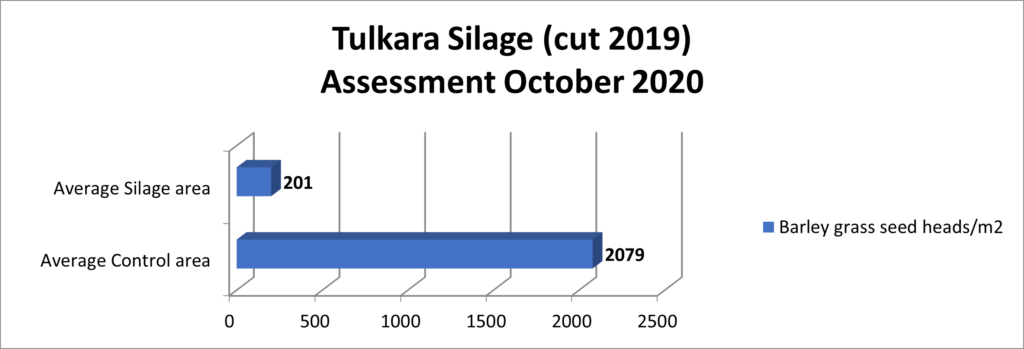
Glenelg Hopkins Regional Catchment Strategy Update
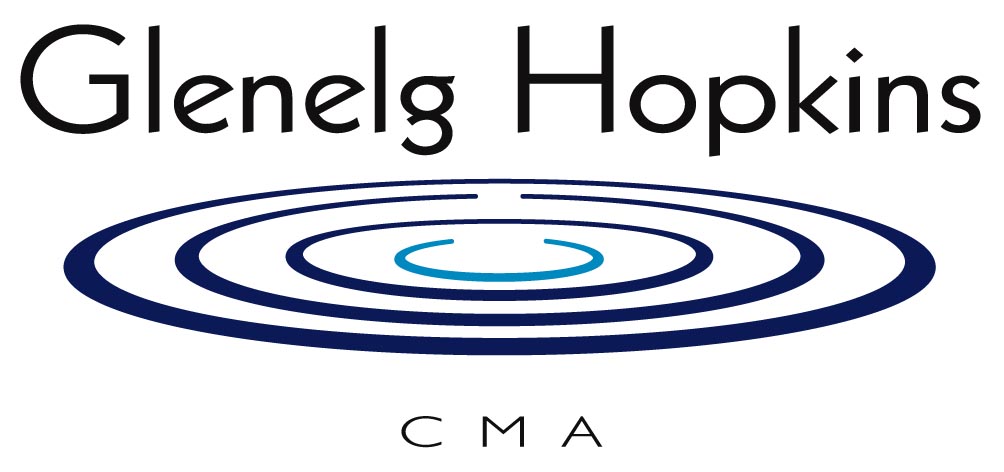
Jane Walker, Catchment & Indigenous Partnerships Manager
In the last few months of 2020, the CMA ran a series of Regional Catchment Strategy (RCS) workshops to collect information from key partners, Traditional Owners and community about interests and priorities related to the themes of biodiversity and community involvement in integrated catchment management. All of the information from these workshops will help set the priority directions for the strategy. We would like to extend our thanks for your generous participation and input so far.
Coming up in March are three more partner workshops on water, land and marine and coast. Some other key activities to keep an eye out for over the coming months include:
- School children’s ‘Valuing water’ competition in March, run in collaboration with Wannon Water, and
- RCS public consultation period in July 2021.
To keep up to date about RCS news follow us on Facebook or visit the CMA website.
Roadside Pest Funding to Help Manage Threats to Rural and Urban Landscapes
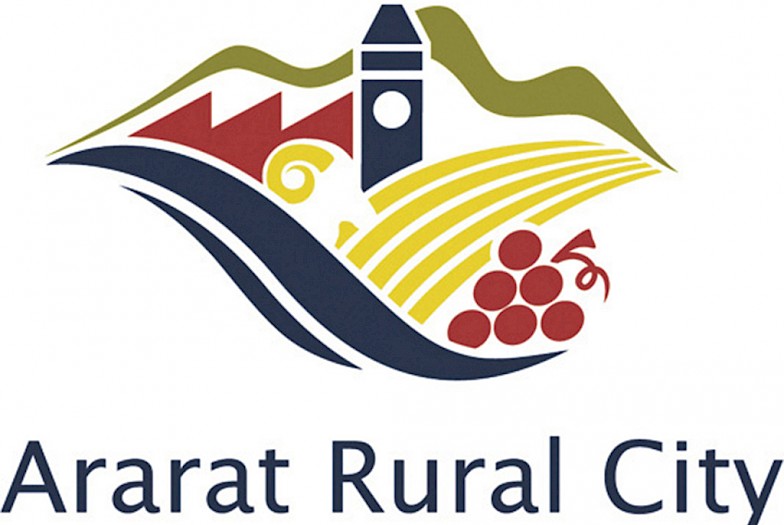
Deidre Andrews, Waste and Sustainability Coordinator
Ararat Rural City Council has received funding to assist in supressing the spread of roadside weeds and pests throughout the region.
The Minister for Local Government, the Hon Shaun Leane MP, has allocated funding of $63,628 for Ararat Rural City Council through the ‘Roadside Weeds and Pests Program.’
The funding will go directly towards controlling Prohibited and Controlled Victorian classified weeds and pests – European Rabbits – across 2,300km of Council-managed rural and urban road network.
Roadsides are an easy avenue for pests and weeds to spread throughout the region. Maintaining these is an important early intervention to reduce the risk of pests infesting our natural environment and agriculture areas.
In addition, to the work delivered via this program, Ararat Rural City also maintains a range of important relationships with different groups and organisations to assist in pest control in monitoring and suppression of weeds and pest animals. Groups such as: Agriculture Victoria, Wimmera and Glenelg CMA’s, Upper Hopkins Land Management Group, Beyond Bolac Catchment Action Group, Project Platypus and Moyston and Ararat Landcare Groups.
Council have engaged Project Platypus and Goldfield’s Weed Management, as joint contractors, to enact works across the municipality between now and the funds end date of December 2021.
Targeted weeds include: Blackberry, Sweet Briar, Boneseed, Serrated Tussock, Bridal Creeper, Gorse, African Box Thorn, brooms, Amsinckia, Paterson’s Curse, Spiny Rush and Horehound.
The contract crews will focus on known roadside infestations and note new sites for future work.
People who are unsure about noxious and prohibited pests and would like to know more, can visit the Agriculture Victoria website for guidance about plant and animal pest control: https://agriculture.vic.gov.au/biosecurity.
Regenerative Agriculture NZ: Priorities for research

Richard Murphy, Land Health Coordinator
‘Regenerative agriculture’ is a term being thrown around quite a lot lately. Promoted by advocates as the future of agriculture, even as an essential component of any climate change mitigation strategy. It is claimed, regenerative agriculture practices can help restore ecosystem function and increase in soil organic carbon so reducing atmospheric levels. Protagonists contend that, the claims of regenerative agriculture are based on a small number of cherry-picked, exceptional case studies from which, anecdotal observations are extrapolated to unjustifiable extremes by over enthusiastic environmentalists.
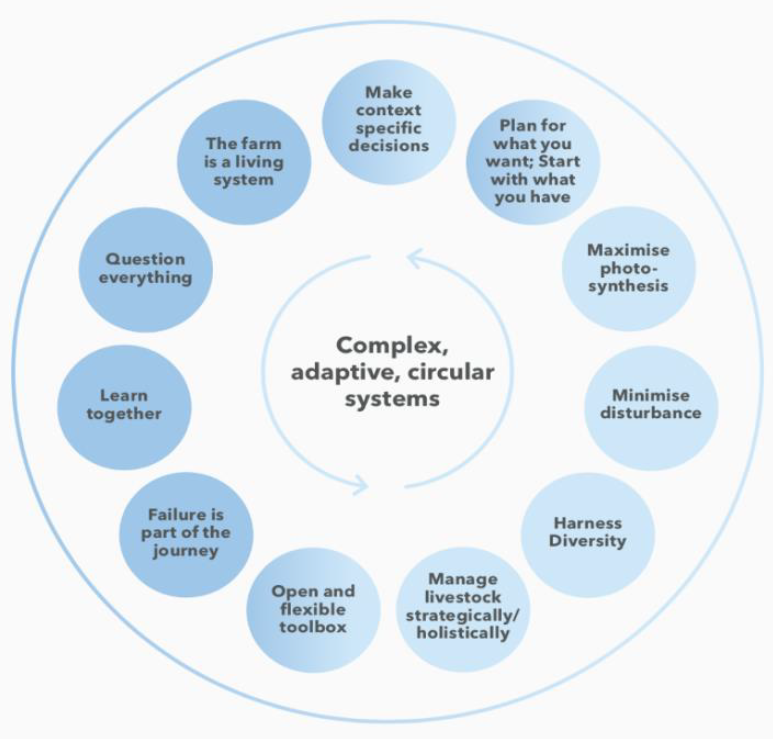
As always, the truth can be found somewhere in between these contradictory views, but where?
With an increasing number of New Zealand farmers transitioning to regenerative agriculture, there is a pressing need for scientific testing of the anecdotal claims. In response, New Zealand’s Manaaki Whenua – Landcare Research in collaboration with the National Science Challenge and 200+ representatives of New Zealand’s agri-food system, reviewed regenerative agriculture practices in New Zealand and identified priority topics for research.
The resulting white paper, Regenerative Agriculture in Aotearoa New Zealand – Research Pathways to Build Science-Based Evidence and National Narratives, is informative and thought provoking. The paper sets out 17 priority research topics and introduces 11 principles for regenerative farming in New Zealand (see Figure 1).
Included in this work is consideration of how regenerative agriculture aligns with the world view of the Maori people, and how traditional land management practices for food and fibre might inform and guide regenerative agriculture as practiced in New Zealand.
For those wanting to know more about regenerative agriculture, this white paper might provide some useful insights.
Click HERE to download the paper or use the link above.

Growlers and Gliders, four days with the Tuckers
Peter Homan, wildlife ecologist
Populations of the Growling Grass Frog Litoria raniformis are in decline in some parts of southern Victoria, especially on the outskirts of Melbourne, in areas where the species was once abundant. Fortunately good populations of the species still persist in many country areas, especially in northern and western Victoria.
The breeding season for the Growling Grass Frog extends from September, through summer until late March. As with all frogs it is just the male that calls; all female frogs are mute. The best conditions for hearing “Growlers” is a combination of plenty of water, little or no wind and warm nights. Whilst the breeding season may extend for six months, the prime time of the year to hear them is November and December. For that reason I visited the Tucker family in late November last year.
One night in September 2012, Jack found and photographed a Growling Grass Frog crossing the Moyston-Willaura Road, about 7.5kms south of Moyston. Since then we have recorded the species at an additional six sites in the local district. The main population is along the Hopkins River, whilst others have been recorded in five farm dams. During my November visit, Jack and I spent three nights searching for Growlers. There was plenty of water in all the farm dams and the nightly temperatures were ideal. And so, we were successful in finding them at one dam at Tullyvallin (Jack’s parent’s farm) and in a dam on a neighbouring property. There is no doubt that Growlers will be found in other locations throughout the local district. Clearly, this beautiful frog is doing well in the Maroona-Willaura district.
In September 2020, a family of Krefft’s Glider Petaurus breviceps (formerly called the Sugar Glider) was discovered using a hollow strainer post as a den site on Tullyvallin. This population of gliders was occupying one of the many plantations on the property planted over the decades by the Tuckers. I had recently developed a special camera mount to photograph fauna in trees, so the November visit was a golden opportunity to try my new invention. We set one camera in a tree close to the strainer post and over three nights obtained numerous shots of the gliders. The plantation adjoins the nearby Shephard’s Hut Sanctuary, and we suspect that gliders are visiting this area. For that reason three additional cameras were set in the sanctuary. Unfortunately, these cameras failed to detect gliders. We also installed two nest boxes designed for Krefft’s Glider in the sanctuary. Hopefully the gliders will find the boxes and take up residence.
The discovery of Krefft’s Glider in the Tullyvallin plantation is especially noteworthy and shows the immense value of revegetation projects on farms. Whilst many woodland birds and the native Swamp Rat have been utilizing the Tullyvallin plantations for some years, the discovery of this glider was totally unexpected. It is also very likely that numerous other species, including reptiles and the Growling Grass Frog, are using these plantations as wildlife corridors to move safely throughout the property.
Landcare Victoria Inc. – Annual General Meeting
Landcare Victoria Inc (LVI) Annual General Meeting will be held on Friday 21 May 2021 (location and time to be confirmed).
Landcare Victoria Inc will be seeking nominations for both the LVI Committee of Management (with vacancies in the Port Phillip & Westernport, Wimmera, North Central and Glenelg Hopkins voting regions, plus 1 Professional Landcarer position) and the LVI Members Council (with vacancies in all regions).
Please read the official Preliminary Notice of AGM on the Landcare Gateway for more information about these elections, including who is eligible to nominate and vote for each role.

Key Dates
· Friday 26 March 2021: Nominations officially open for LVI Committee of Management and Members Council.
· Friday 23 April 2021: Nominations for LVI Committee of Management close.
· Friday 21 May 2021: LVI AGM to be held.
Two long-standing Landcare groups to merge
Una Allender
Woorndoo Chatsworth Landcare Group has formed from the merger of the long-standing Chatsworth and Woorndoo Landcare groups. Chair of the Woorndoo group, Susan Bosch said “we are delighted with this outcome as both groups were struggling with limited membership numbers, and struggling to find people to take on administration roles”. The merger makes a lot of sense as both groups work on similar country, rich in ancient redgums with precious remnants of Volcanic Plains grassland on the roadsides. The existence and good quality of these remnants is largely due to regular burning over many years by local CFA volunteers. The merged group will cover country between the Salt Creek and the Hopkins River.
In recent years the Woorndoo group has worked on several large grassland restoration projects using David Franklin’s Plant Native nursery at Chatsworth to propagate tube stock and develop a seed nursery. The combined group, with more volunteers, has the opportunity to continue this work and develop further similar projects.
The combined group has also expressed interest in receiving assistance from a Local Landcare Facilitator and will support Beyond Bolac Catchment Action Group’s submission to retain its Facilitator.
At the meeting at Woorndoo that approved the merger, members took the opportunity to make a presentation to David Franklin in recognition of his extraordinary contribution over many years of knowledge, experience, equipment, facilities and many, many hours of work. His contribution has been critical to the Woorndoo grassland projects as well as much other environmental work in the district.
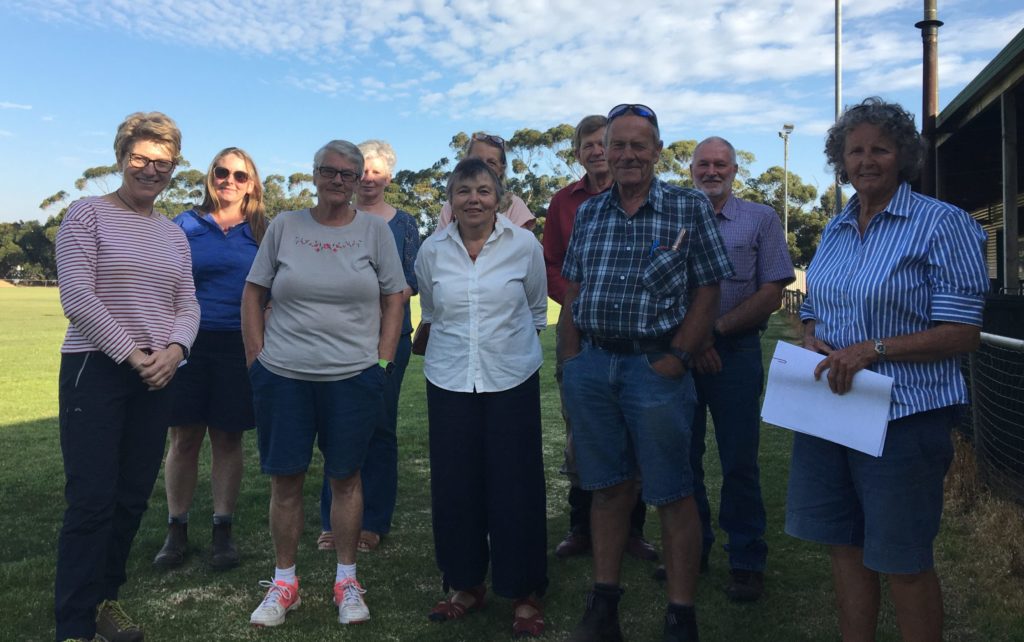
The new Woorndoo Chatsworth Landcare Group celebrate the merger. 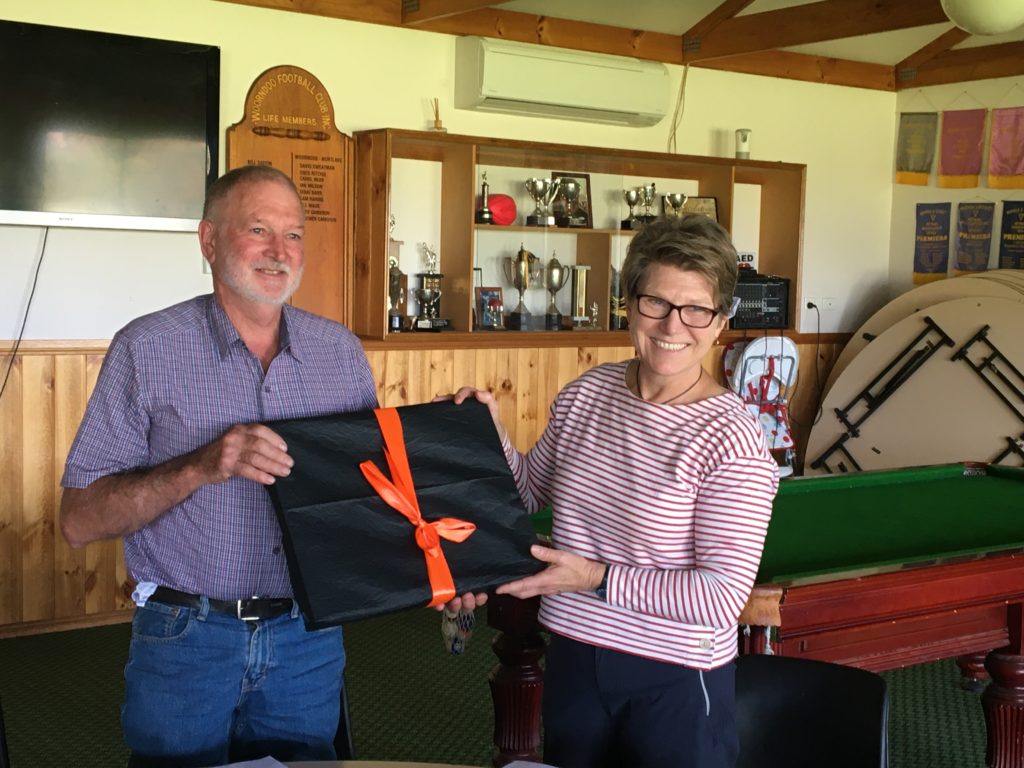
David Franklin receives a gift from Woorndoo Land Protection Group president, Susan Bosch, in recognition of his years of work to the group and grasslands throughout the region.
Upper Hopkins LMG Secretary’s report

Well the year seems to have got off to a good start, fingers crossed it stays that way and we experience a slightly more ‘normal’ year! Hopefully we also continue to see favourable weather conditions throughout 2021 and our Landcare community can keep building on the great work that has been done in this region over many years.
I’d like to do a shout out to all those members who have paid their membership fee for this year. Thank you very much, I think nearly everyone that was due to renew their membership in 2020/21 has done so which makes our job much easier. Just a gentle reminder to those that haven’t yet paid to please do so as soon as you can. You will have recently received an invoice via email from our Treasurer Kelly Gellie if your membership is due. The UHLMG membership fee helps cover the cost of the annual insurance premium we pay to Landcare Victoria Inc and other administrative costs so we really appreciate the contribution that our financial members make. Every little bit counts.
The UHLMG Executive will be submitting an Expression of Interest to the Department of Environment, Land, Water and Planning (DELWP) this month as a first step towards hopefully securing funding for Ayesha’s position for the 2021-2024 period. Her position is currently only funded through until June 2021. If we are successful in securing this funding Ayesha will be able to continue in her role as Facilitator for our Group, the Ararat Landcare Group, the Ararat Biolinks Network and the Lake Bolac Eel Festival.
Thank you to Ayesha for preparing another fantastic newsletter and to everyone that has contributed in some way. If you ever have a Landcare related photo, observation to report or an article that you would like to submit for future newsletters please feel free to send them through to Ayesha. We love to hear from as many people throughout our region.
Cheers,
Celia Tucker
Roadside burning trends in south west Victoria:
Implications for native grassland conservation

Aggie Stevenson, Senior NRM Planner
Roadside burning in south west Victoria is what locals would consider to be a fairly normal occurrence in the summer months. Many people tell stories of their grandfathers burning their local roadsides post-war, as long ago as the 1950s; some people are new acquaintances to their CFA brigades, and are loving learning new skills and meeting new people. Whatever peoples connection is to a CFA brigade, we are learning more about what it is that brings a brigade together and what keeps them burning.
While CFA brigades’ primary role in the community is all about community safety and asset protection, the work they do has a fundamental impact on our precious native grasslands, the majority of which only occur on public land such as roadsides, rail reserves, town commons and cemeteries.
Native grasslands have evolved with regular burning, which is important for removing biomass, which if left, will stop herbs germinating and will eventually be the demise of a grassland. According to the CFAs Community Capability Service Delivery Coordinator, Adam Rogers, “roadside burning has been taking place in the South West Region in particular since CFA was formed more than 70 years ago. In fact, 50% of all roadside burning in the state takes place in District 5 and 75% in the South West Region as a whole”. He went on to say that not only did these burns improve fire safety, but they were also important to the local ecology.
Glenelg Hopkins CMA staff, Aggie Stevenson and Ben Zeeman, have been working to help protect and manage grasslands on public and private land, through the Victorian Volcanic Plains Recovery Project, with funding from the Australian Government’s National Landcare Program. Having worked closely with CFA Vegetation Management Officers for many years, the CMA staff are aware of the increasing pressures faced by many local brigades. A short survey was compiled by CMA staff, CFA VMOs, DELWP Grassland Officer and a social scientist, to determine three main things:
- How is the extent of roadside burning changing?
- What are the factors that both enable and hinder burning?
- What motivates people to participate in burning?
The 10-question survey was sent to over 900 CFA volunteers from CFA Districts 4, 5, 6 and 16 and we received 131 responses, representing a 14% response rate (this is very good according to our social scientist!). Survey respondents were highly engaged, and in total, over 10,000 words worth of comments were received, showing that the people who did respond feel very strongly about roadside burning.
Overall, the results highlighted the challenges volunteers face through membership decline and changes in rural employment. However, the results also highlighted the critical role roadside burning plays in protecting communities from fire. There was also strong consensus amongst survey respondents that native grasses pose a lower fire risk compared to introduced pasture grasses. Thus, the burning of roadsides to maintain native grassland has both conservation and community safety benefits.
Results obtained have provided CMA staff with valuable insight into how local CFA brigades work, and what they need to continue this important work they do. Eleven recommendations have been made and are currently being reviewed by CFA staff. For more information about the survey and report, you can contact Ben Zeeman at the CMA on b.zeeman@ghcma.vic.gov.au or Aggie Stevenson on a.stevenson@ghcma.vic.gov.au.
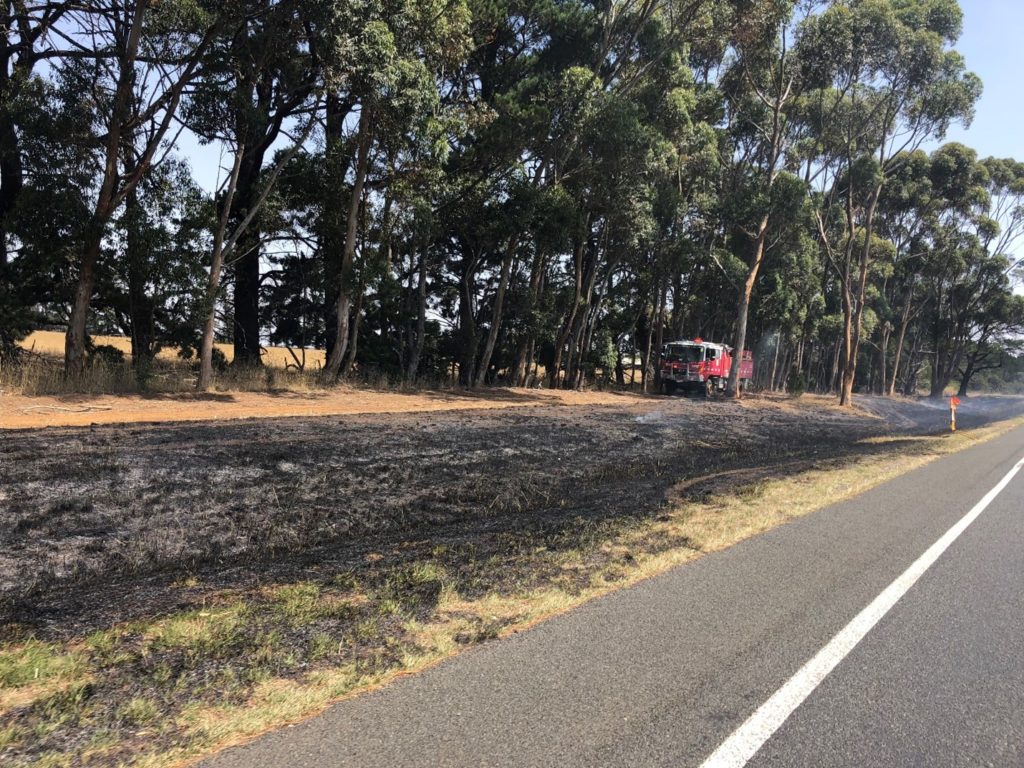
Podcasts for the sowing season
Upper Hopkins LMG Soil Health Team
The Upper Hopkins Land Management Group has identified soil health as an area of focus for productive agriculture in the region. Last year, we were unable to host any field days or seminars because of COVID restrictions. We did host one online webinar (if you haven’t seen it yet, check it out on our website: https://upperhopkins.org.au/programs/ipm-soil-health/), and now we are starting to gather some ideas to host events this year. If you are interested in getting involved with Soil Health activities and join the Soil Health Team, please contact your facilitator, Ayesha Burdett (facilitator@UpperHopkins.org.au).
With sowing season right around the corner, that means everyone will be spending some time in the tractor. and will have plenty of time to listen and learn more about soil health and productive agriculture. Here are a few podcasts recommended by our Soil Health Team:
Biological Farming Round Table host by Nakala Maddock from Nutrisoil is a podcast I really enjoy listening to. Nakala interviews a range of people from local farmers to international soil experts like John Kempf and Joel Salatin, on a whole range of topics around regenerative agriculture. Her passion and extensive knowledge on soil and plant productions make for very informative interviews and draws valuable information into the conversation, that always leave you inspired. This is a podcast has something for everyone from very practical information such as how we go about making compost extracts to detailed information on how the plant and soil works.
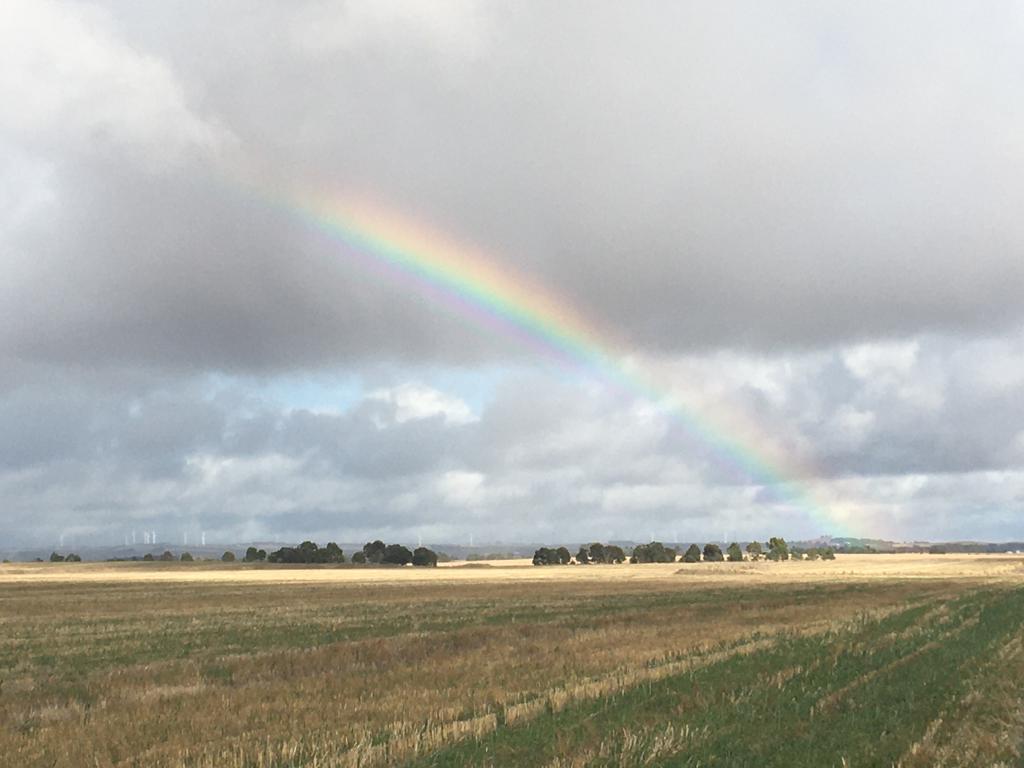
Which podcast should I listen to today whilst I’m driving/moving sheep/folding washing/walking? If this is a question you find yourself asking, you are not alone, there are thousands of podcasts out there and it can be hard to work out which ones are worth listening to. One podcast that immediately comes to mind, Charlie’s Arnott’s The Regenerative Journey. The podcast is described as ‘a must for anyone who is curious about regenerative agriculture and the wide ranging and significant benefits of its adoption and practise, not just for farming communities but also for anyone who eats food and cares about the planet’. Charlie has a natural charisma that is both engaging and entertaining and you often feel like you are sitting at the kitchen table or on the veranda joining in the conversation. I hope you enjoy his podcasts as much as I have!
Over the last couple of years since Jack and I have started placing a focus on building carbon in our soil, I’ve enjoyed tuning into podcasts to broaden my knowledge and learn from other farmers and industry stakeholders. One podcast series that has recently caught my attention is RawAg hosted by Tom Gubbins of Te Mania Angus. He describes the series as ‘your link to the food chain – and every episode will take you somewhere along that chain. From conception to consumption, you will hear from the cutting edge players in Australian agriculture with industry news, unique views and presentations. We can all be better farmers, sustainable, regenerative and innovative. We can all be more informed and aware consumers. And RawAg, brought to you buy Te Mania Angus, is your next big step in that direction’.
Looking for an informative short and sharp podcast about wool and/or sheep? Tune in to ‘The Yarn’ a podcast produced by the Australian Wool Innovation (AWI). This podcast releases weekly episodes, around a comfortable 15-20 minutes listening time. Hosted by renowned Marius Cumming or one of the young guns in the AWI team, these podcasts are often easy conversations and include a variety of topics from wool markets, latest research and trends to random topics of kelpie dogs, farm ownership and fashion.
All of these podcasts can be accessed on Apple Podcasts, and some of them are also available on Spotify. If you’re not sure how to get a podcast onto your smartphone, please ask your grandchildren or follow the instructions on this website: https://www.wikihow.com/Download-Podcasts.
Beyond Bolac Catchment Action Group’s Autumn Updates
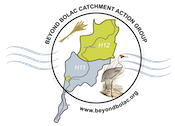
W. Howard Brandenburg, Project Officer
As a recent import from the northern hemisphere, I still haven’t pinned down the seasonal characteristics of western Victoria. I have been here nearly three years but I still find myself asking, “‘why am I wearing a winter hat in summer?”.
This year’s mild and wet summer certainly has benefited newly planted trees. We put trees and shrubs in the ground in early spring and the growth that those plants have put on in a few short months is outstanding. As autumn approaches, we are looking forward to planting some more native trees and shrubs in various corners of the farm.
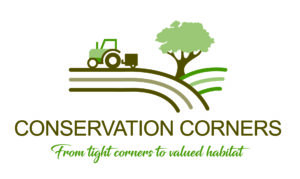
Some of those plantings will be based on a concept that Beyond Bolac Catchment Action Groups has rolled out called Conservation Corners. It is a project that is focused on small patches within the agricultural landscape that are either unproductive boggy areas, tight corners that are difficult to access with farm machinery, or rocky outcrops along paddock margins. These awkward areas can be planted out with trees and shrubs providing the benefit of farm biodiversity and also streamlining farm management. To find out more information visit BBCAG’s website or look for our concept brochures at your local agricultural depot.
It looks as though Victorian Landcare Grant funding through the Glenelg Hopkins Catchment Management Authority will be available this year and there has been several expressions of interest already. The grant funding covers trees, tree guards, fencing material, and weed control inputs. If you have a project in mind within the Fiery and Salt Creek sub-catchments please don’t hesitate to contact the BBCAG facilitator (beyondbolac@outlook.com).
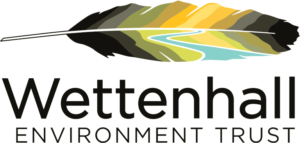
To assist landholders with their tree planting projects, BBCAG with support from Wettenhall Environmental Trust, will soon be releasing a tree planting guide specific to this region. It is packed with useful information from planning your site, timing and planting logistics, a detailed table of native plant species, and other useful resources. The guide will be available in late autumn.
The educational frog panels have aestivated for the season. They were up at several locations this last spring and summer including Lake Bolac College, Summons Road near Mininera, and around the Hospital Swamp in Willaura. The species-specific panels with their associated frog calls generated a lot of interest. The educational panels will be back with the coming spring and the return of the frogs. Keep you listening ears open!
If you haven’t recently checked out the BBCAG website, come have a visit (www.beyondbolac.org). There is a lot of new information that we hope will inspire some further thought or action towards conservation of this beautiful landscape.
GHCMA Working For Victoria Crews Still Working

David Nichols, Senior Field Services Officer
There are still two Working For Victoria Crews being hosted and run by the Glenelg Hopkins CMA in the region. The crews were very busy last spring and early summer planting 40,000 indigenous trees, shrubs and grasses across more than 70 properties throughout the region. Including many in the Upper Hopkins region.
Since then they have tackled several hundred hectares of pine wildling and sallow wattle removal in private bushland in the south and west of the catchment. More recently however they have been getting on top of some gorse infestations in the Upper Hopkins and Ararat Landcare Group areas.
The work around Ararat follows on from the long history of work by the Ararat Landcare Group, and helps to secure this work. While there have been 5 other private landholders who between them have had a total of 52 hectares of gorse treated between Buangor in the east and Chatsworth to the south. Much to the appreciation of the farmers involved.
Currently, with the program due to finish at the end of March the crew are wrapping up Landcare weed jobs in the Victoria Valley and some scattered wetland fencing jobs across the region.
Editor’s note: many thanks to the GHCMA staff and Work for Victoria crew! I have received a lot of positive feedback from Landcarers in Ararat and the Upper Hopkins.
Autumn photo board
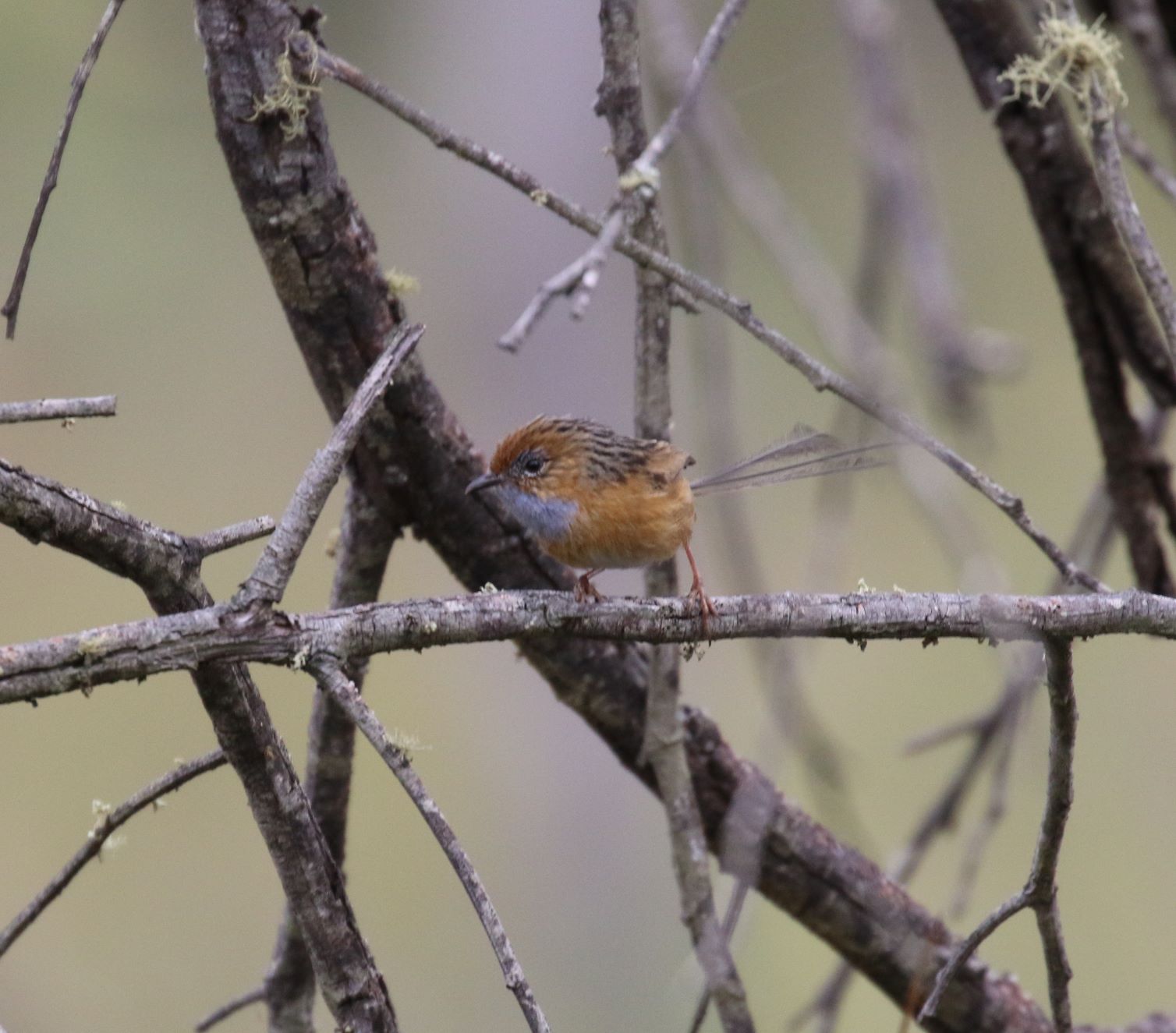
Southern Emu-wren, Stipiturus malachurus (Dave Nichols) 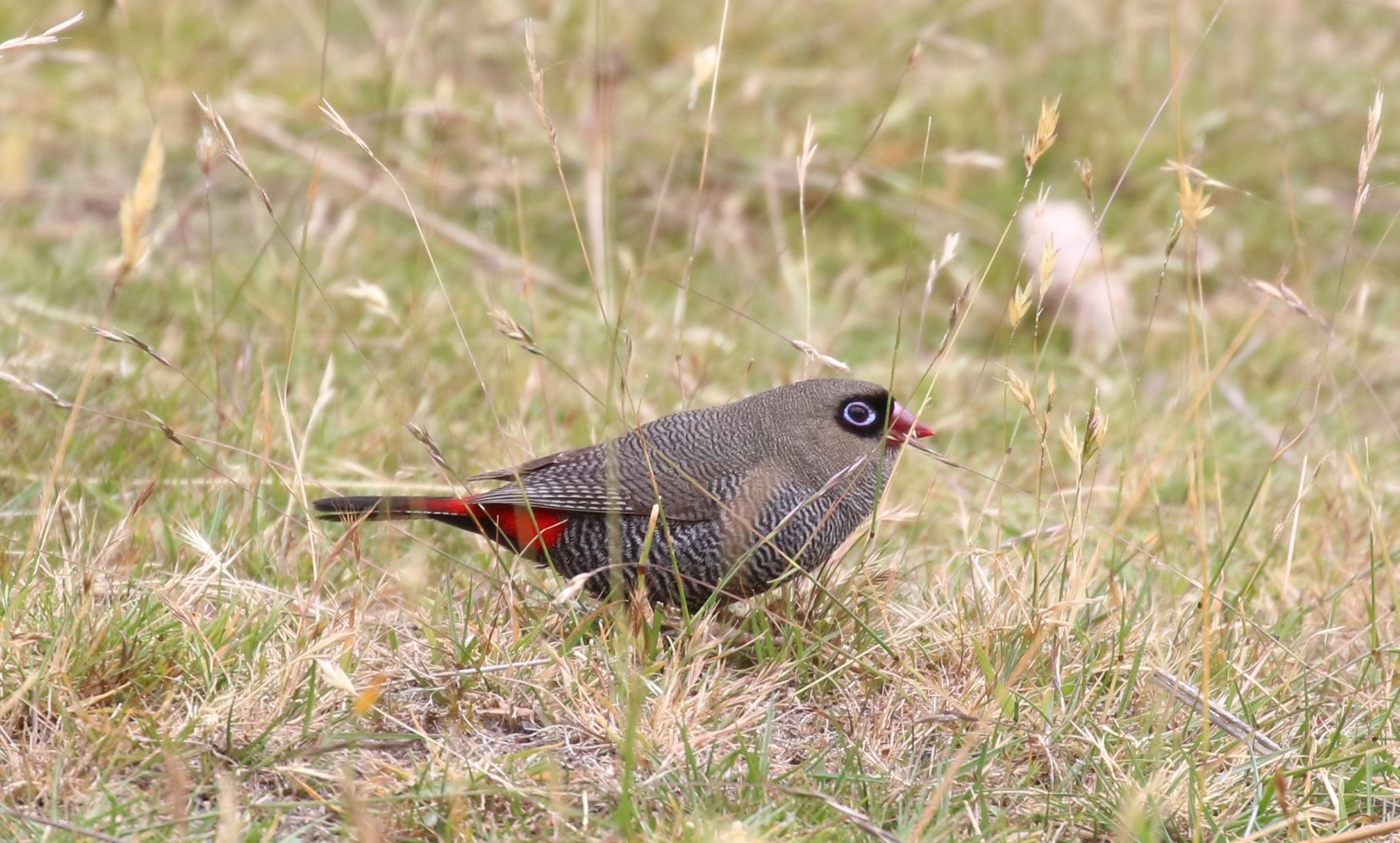
Beautiful Firetail, Stagonopleura bella (Dave Nichols) 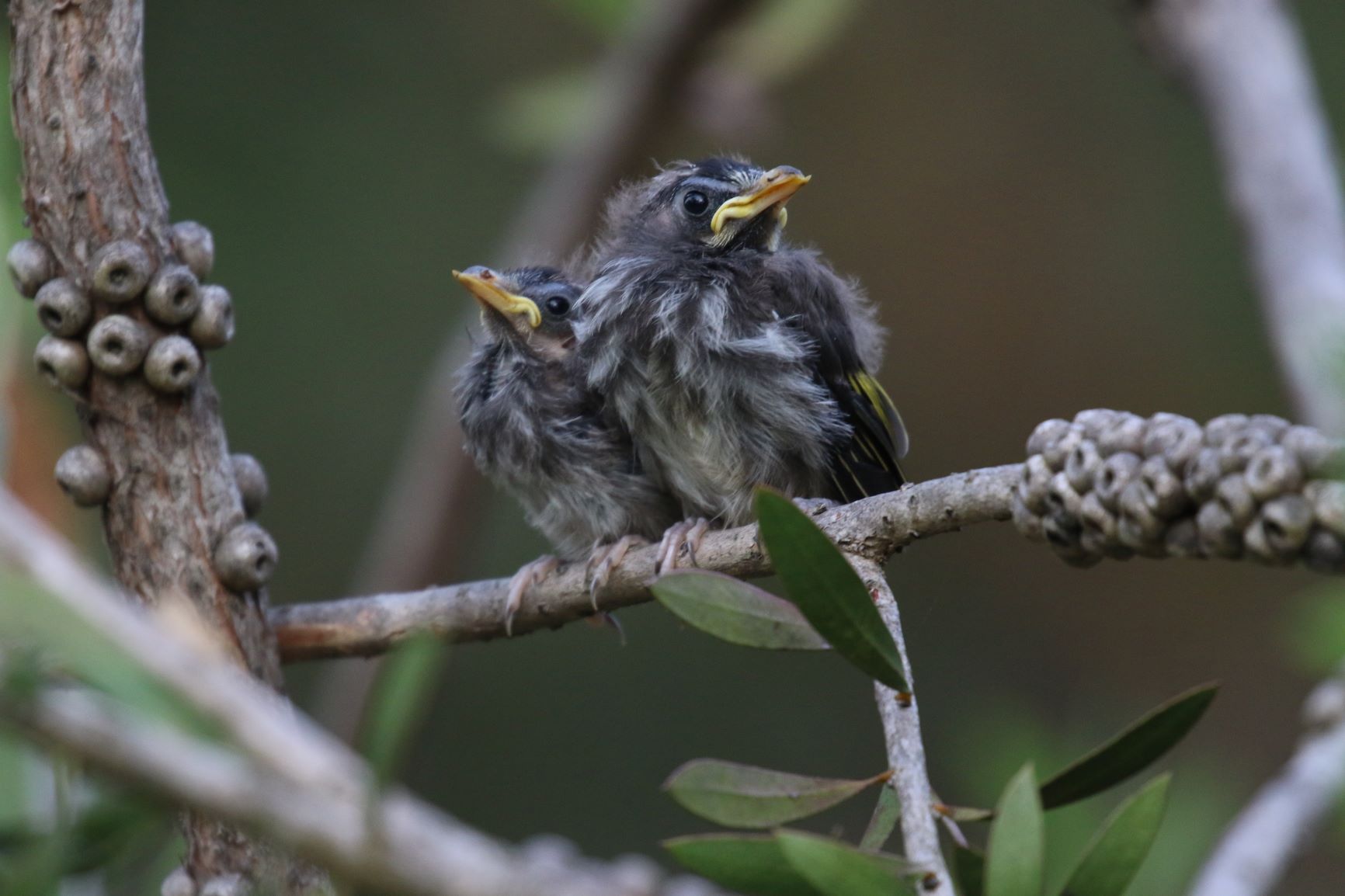
Young New Holland Honeyeater, Phylidonyris novaehollandiae, chicks ready to take on the world (Dave Nichols) 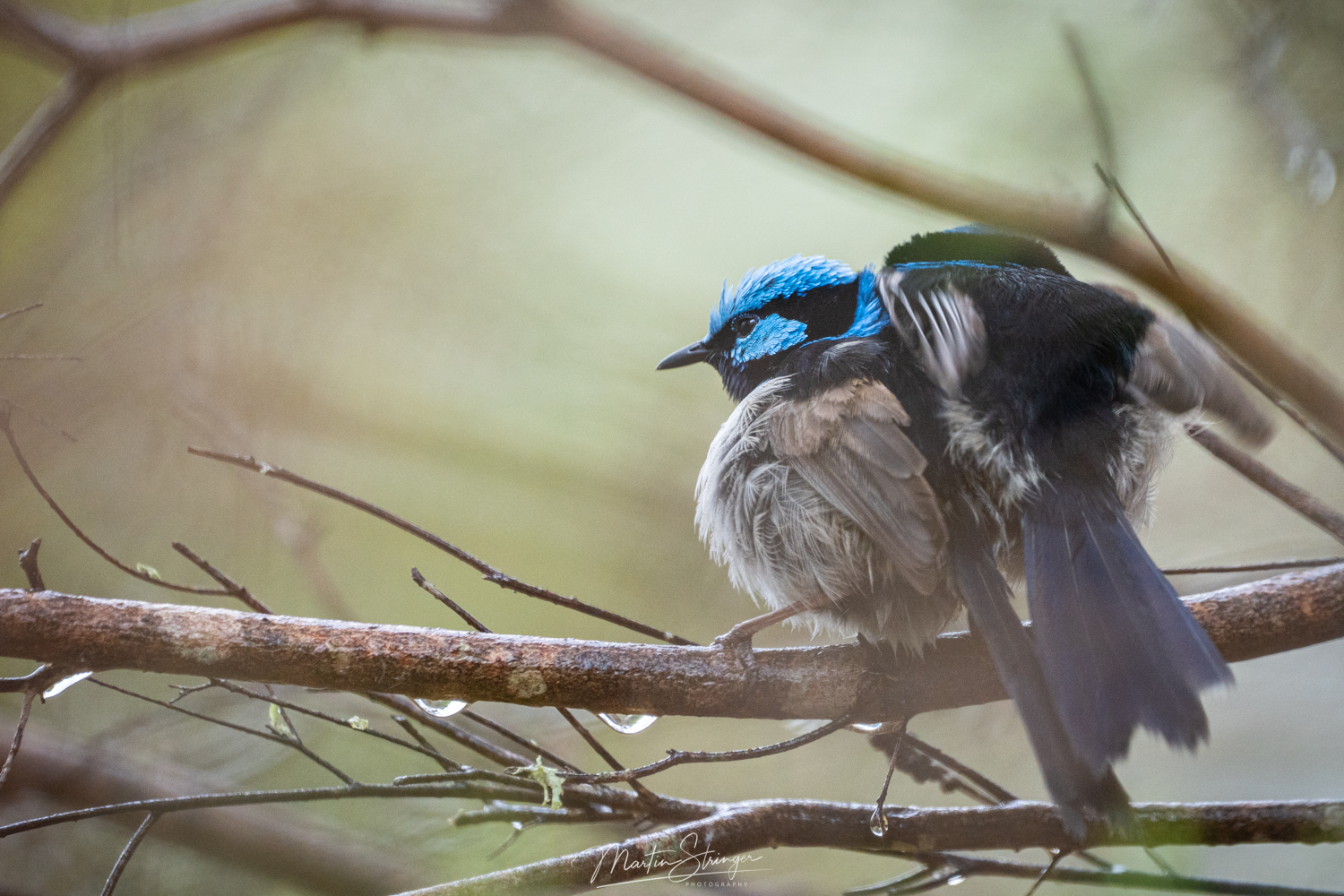
Superb Fairy Wrens, Malurus cyaneus, enjoying the summer rain (Marty Stringer) 
The start of the Hopkins River (Marty Stringer)
Southern Farming Systems – updates
Lime applications – How much should I apply?
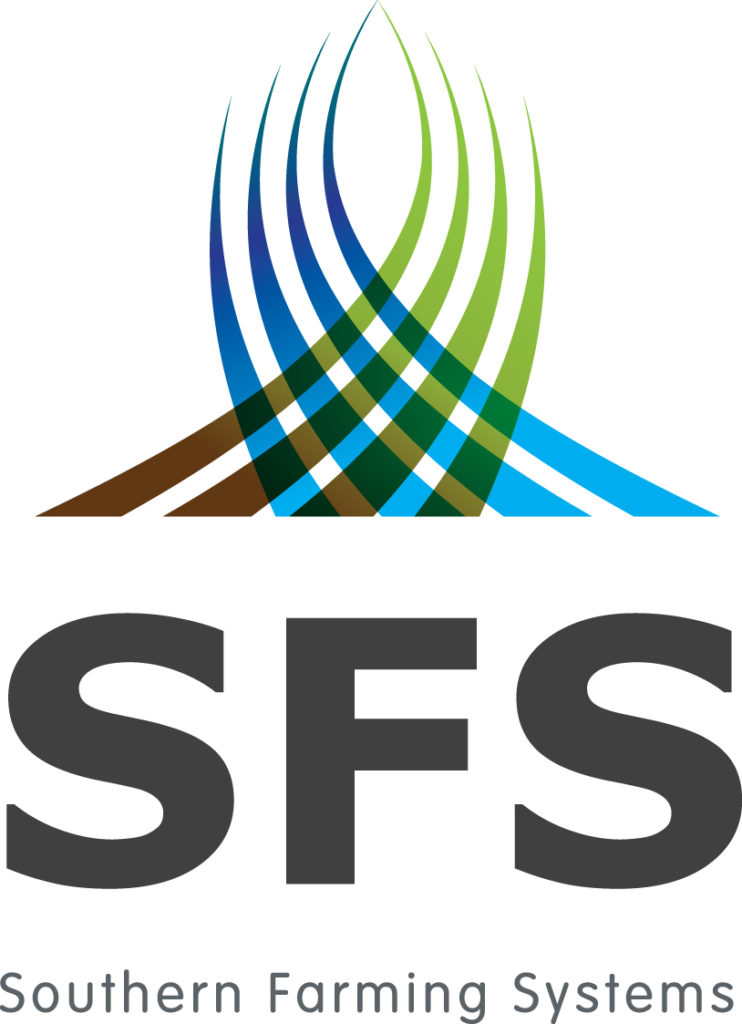
The common rules of thumb of applying liming at 1 tonne/acre may commonly result in under-liming, however it can also cause over-liming in light textured soils creating other issues.
Lisa Miller, from Southern Farming Systems who is managing soil acidity projects in South West Victoria, supported by the Australian Government and GRDC, explains “Lime calculation depends on two main factors; treating acidity throughout the soil profile 0-20cm and soil pH buffering capacity.”
“Soil pH buffering is a natural soil process that tries to stop pH change. It is influenced by amount of organic carbon and clay content. Hence topsoils and heavy clay soils need more lime to create pH change and subsurface layers and sandy soils need less lime” said Ms Miller.
Calculations of lime requirement are frequently based on soil texture which is a surrogate for clay content.
In the 0-10cm soil layer approximately 1 t/ha of pure lime raises pH by:
- 0.26 units in clay soil
- 0.37 in clay loam
- 0.57 in sandy loam
- 0.67 in sand.
The lime rate is then calculated for the desired pH change. For example, to raise pH by 1 unit, from 4.5 to 5.5 in clay loam soil, then approximately 3t/ha of lime is needed, in a sandy loam soil it is about 2t/ha.
If soil organic carbon measures above 1.2% which is common in the topsoil, then add an extra 0.4t/ha of pure lime.
As the calculations are based on treating a 10cm soil layer, repeat calculations and add up what lime is required for the 10-20cm soil layer.
Lime calculations also require adjustment based on the lime’s quality. Pure lime has a neutralising value of 100%, most Aglimes are 80 to 90%, and effectiveness can be further reduced by moisture content of 5 to 10%.
If incorporating lime into the soil high rates can be applied, but topdressing large amounts of lime in sandy soils may cause micronutrient deficiencies, especially if they are already marginal. High rates are approximately in excess of 2t/ha for a sand, 3t/ha for a sandy loam or 4t/ha for a loam or clay loam soil.
To avoid this issue either split high-rate applications over a period of three or four years or monitor and apply appropriate granular fertiliser or foliar sprays as required.
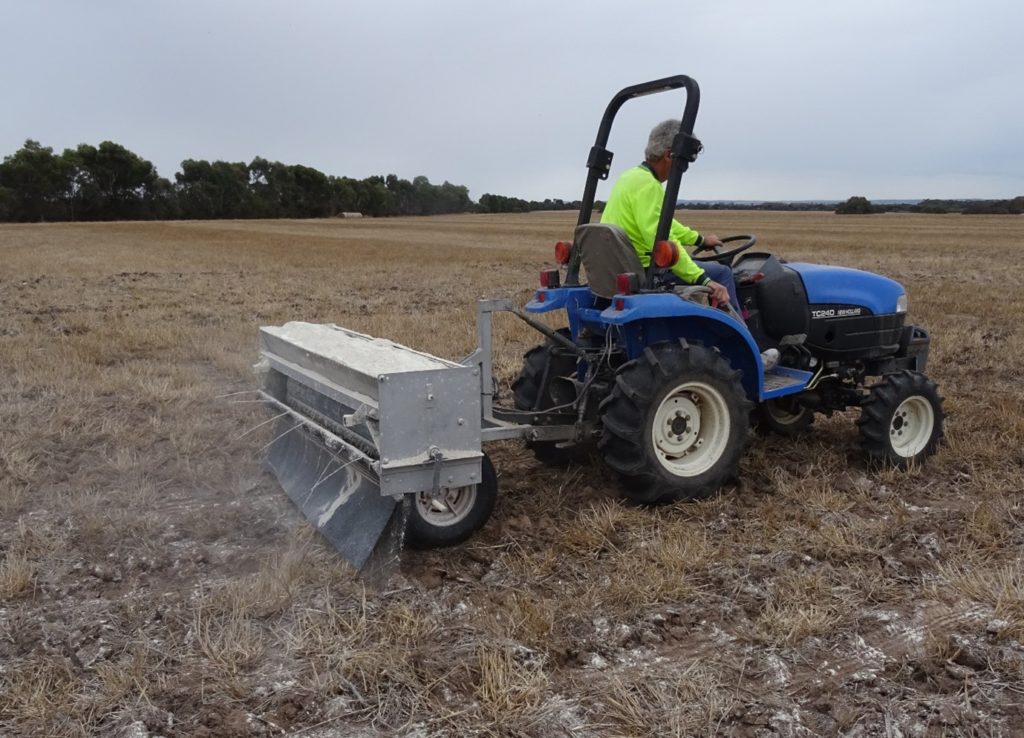
March events with SFS
Southern Farming Systems have many events coming up in March:
10 March – Cover Crop Walk, Rokewood
11 March – Boost your Nitrogen Fixation Workshop, Lake Bolac
18 March – Better Frost Decisions Pre Sowing Workshop, Mininera
23 March – SFS Results Morning, Venue Lake Bolac
See below for registration details.
Cover Crop and Crimper Demonstration
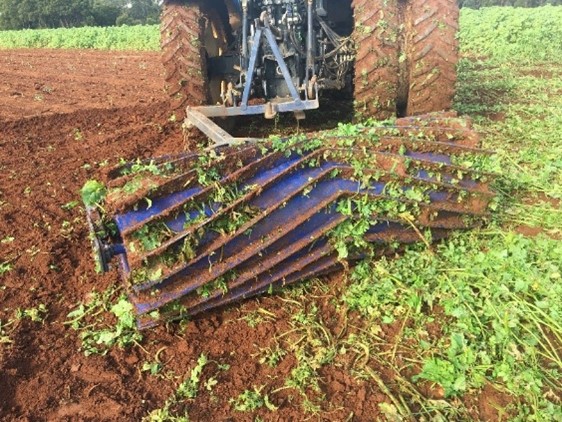
- Wednesday 10th March 2021, 9am-10.30am
- 3492 Rokewood-Skipton Road, Rokewood
- Presenters: Ashley Amourgis (SFS), Tim Brown (AGF Seeds), Simon Falkiner (Falkiner Ag)
Topics:
- Update on ‘mixed species cover project’
- Cover crop species and selection
- Soil health benefits
- Use of roller-crimpers for termination
Boost Your Nitrogen Fixation Workshop
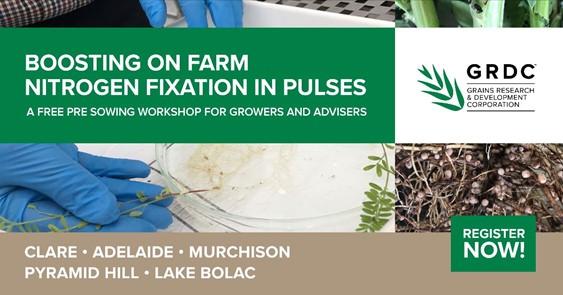
LAKE BOLAC THURSDAY 11 MARCH, 9:00am – 11:30am
RESEARCH UPDATE
Getting the best results from inoculation considering dry sowing / acid tolerance / chemicals / soil type / effectiveness of existing and new rhizobia strains – Dr Liz Farquharson / Ross Ballard SARDI
INTERACTIVE SESSION
Nodulation Review.
Note: We will bring plants to show you how to take nodulation assessments.
PULSE AGRONOMY
Crop management strategies to optimise N fixation considering disease management, fertilisers, chemical inputs and soil types / constraints – James Manson, Southern Farming Systems
These workshops are an initiative of GRDC project 9176601 “Increasing the effectiveness of nitrogen fixation in pulse crops through extension and communication of improved inoculation and crop management practices in the southern region”.
Project partners are Mallee Sustainable Farming, Bates Ag, Rural Directions, Southern Farming Systems, Birchip Cropping Group, Moodie Agronomy, Riverine Plains, SARDI, Trengove Consulting, Ryder Ryan Research and AgCommunicators.
Better Frost Decisions Autumn 2021 Workshop
- 18th March, 9.00am-2.00pm
- Mininera Football Club, Mac St, Mininera
ABOUT THE WORKSHOPS
A series of workshops will be conducted across southern Australia during the autumn 2021 period for grain growers who are interested in learning how to better understand and manage frost risk. The latest research, and risk management strategies will be presented in the workshop, utilising a range of innovative tools and approaches.
The workshops have been developed by leading experts on frost management, including Dr Peter Hayman, Mick Faulkner, Michael Moodie and Kenton Porker, who will all be involved in delivering the workshops. There will be plenty of opportunity for Q&A and farmer discussions, aimed at exploring the practical aspects of managing frost on-farm and developing locally relevant strategies.
The workshops will run for approximately 4 hours. Participants will also have the opportunity to identify local frost risk R,D&E needs, and provide this feedback to the GRDC, who are supporting this workshop initiative through the Better Frost Decisions project. This initiative is part of a national GRDC investment through the project.
“Applying current knowledge to inform grower decision making to mitigate the impact of frost, now and in the future”.

SFS Results Morning
- Tuesday 23rd March, 9.00am-1.00pm
- Lake Bolac Memorial Hall
Come and hear about the local SFS trial results for the South West:
- Pasture and Livestock tools
- Pulses
- Liming Soils
- SFS Management trials for Wheat Barley, Canola
Farming systems results from your backyard.
Members Free, Non members are welcome to purchase a $75 membership that gives them access to the 2020 results eBook expires 30-6-21.


Meanderings and reflections
March is a great time to be driving around the district and checking the rivers and tributaries. This year, the landscape already has a tinge of green thanks to the mild summer conditions. It’s interesting to see how much water levels vary along the Hopkins. Some places just have a trickle of water and other places have a deep pools. EC levels exceeded 6,000 at a few sites – but this is expected at the end of summer, when there is simply less water around to dilute salinity.
The Cockajemmy Lakes (south of Willaura) are not part of the monitoring program, but they look spectacular at the moment!
Water monitoring results
You can view the EC data in the table below, or click on the link to download a file. Numbers in bold exceed 6,000 EC μS/cm.
EC levels for livestock water supplies. Value given in brackets for each type of livestock is the EC level at which production decline begins: Beef cattle (6,200 EC μS/cm), lactating ewes and weaners (6,000 EC μS/cm), dry sheep (9,300 EC μS/cm)), horses (6,200 EC μS/cm), Pigs (3,100 EC μS/cm), poultry 3,100 EC μS/cm).
